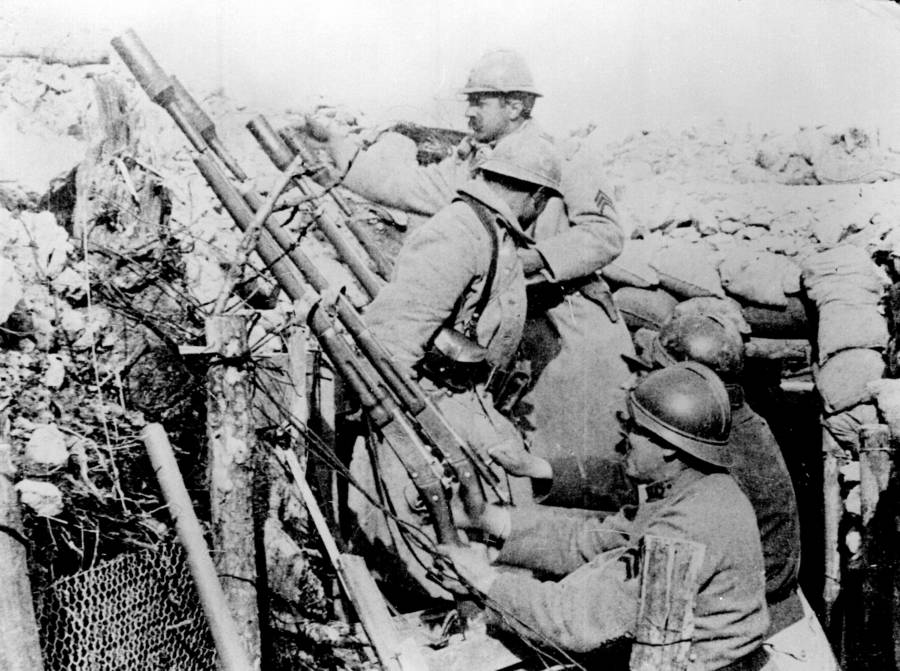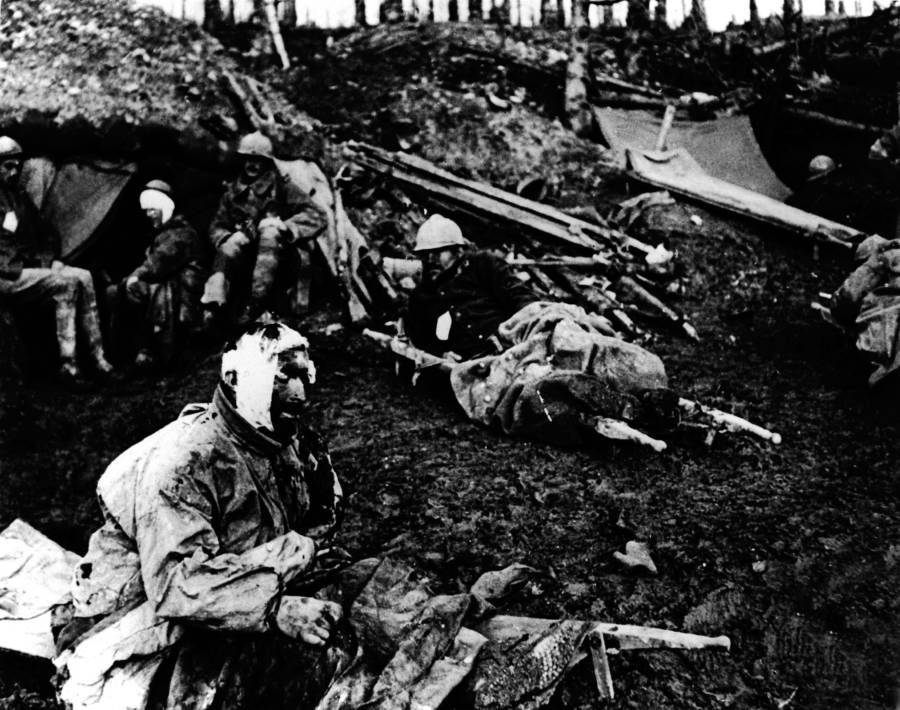

They are often found with tri-color ribbons of red, white, and blue with many adopting the Verdun ribbon. Many popular medals were sold as mementos to the general public for the benefit of Verdun veterans and veteran societies. Many of the wearable Vernier medals were presented in small red boxes marked “Medaille de Verdun” in gold letters.īeyond the common Vernier strikes, collecting Verdun medals gets more complicated. The obverse of the wearable version did not have the “1917” date as did the unwearable variety. This is imposed on a sunburst of rays and the name “Verdun.”Ī later, wearable Vernier medal ( 26.5 mm diameter) was suspended from a ribbon comprised of the French national colors,red, white, and blue. The reverse shows an image of the city gates and the main entrance into the city of Verdun. The famous motto On ne passé pas (They Shall Not Pass) is found on this medal (as well as on most other Verdun medals). The obverse of the Gold Commission Medal depicts a long- haired women with a sword in her right hand wearing an Adrian helmet used by the French Army. This was the only official medal that the Commission issued. It was presented along with a certificate. The first medal was a non-wearable 37mm example in a leather pouch. The “Golden Book Commission” issued a medal and certificate (without charge) to those who qualified. At least 8 different wearable versions as well as table medals exist that can be collectively called “Verdun Medals.” While it is the most commonly found version of a Verdun medal, many other engravers saw fit to produce their own designs that were commercially available (rather than given by the City of Verdun). Where confusion arises for collectors is that the official medal was designed by S.E. In November 1916, the Mayor of Verdun instituted the design of a medal to be awarded to veterans of the French or Allied armies who served between July 31, 1914, and November 11, 1918, in the Verdun sector between the Argonne and Saint-Mihel. For this reason, any Verdun medal is considered a commemorative medal issued by the City of Verdun as a gesture of honoring the courageous soldiers who saved the city. Whereas the French government issued campaign medals, it did not issue medals for battles or events within a campaign. This was after 600,000 to 700,000 German and French troops were lost (in equal proportions), however.Īs the situation at Verdun improved, it was decided an unofficial French commemorative medal would be issued. The French recaptured many of their forts and, by December, the German’s efforts ground to a halt. By July 14, the Germans called off their offensive, and Falkenhayn was dismissed. The German Army had given all that it had - and yet, their attack faltered.

On June 1, 1916, the Germans launched a massive attack on Verdun, advancing to within 2 miles of the city’s cathedral.Īt this time, however, the British opened a battle for the Somme that would dominate the area. The Germans had lost more than 120,000.īy late spring, the battles around Verdun continued to rage. By April 1916, the French had suffered 133,000 casualties. Having underestimated the French defense, the battle degenerated into a terrible carnage on both sides. While many French prisoners were taken during the course of the battle, Falkenhayn did not achieve the five to two kill ratio he promised in Christmas memo that would force the French army to bleed to death.

It can be seen to the left of the female figure with Vernier maker’s mark. The Vernier version of the medal is the only one to incorporate the date of “1917” in the design.


 0 kommentar(er)
0 kommentar(er)
